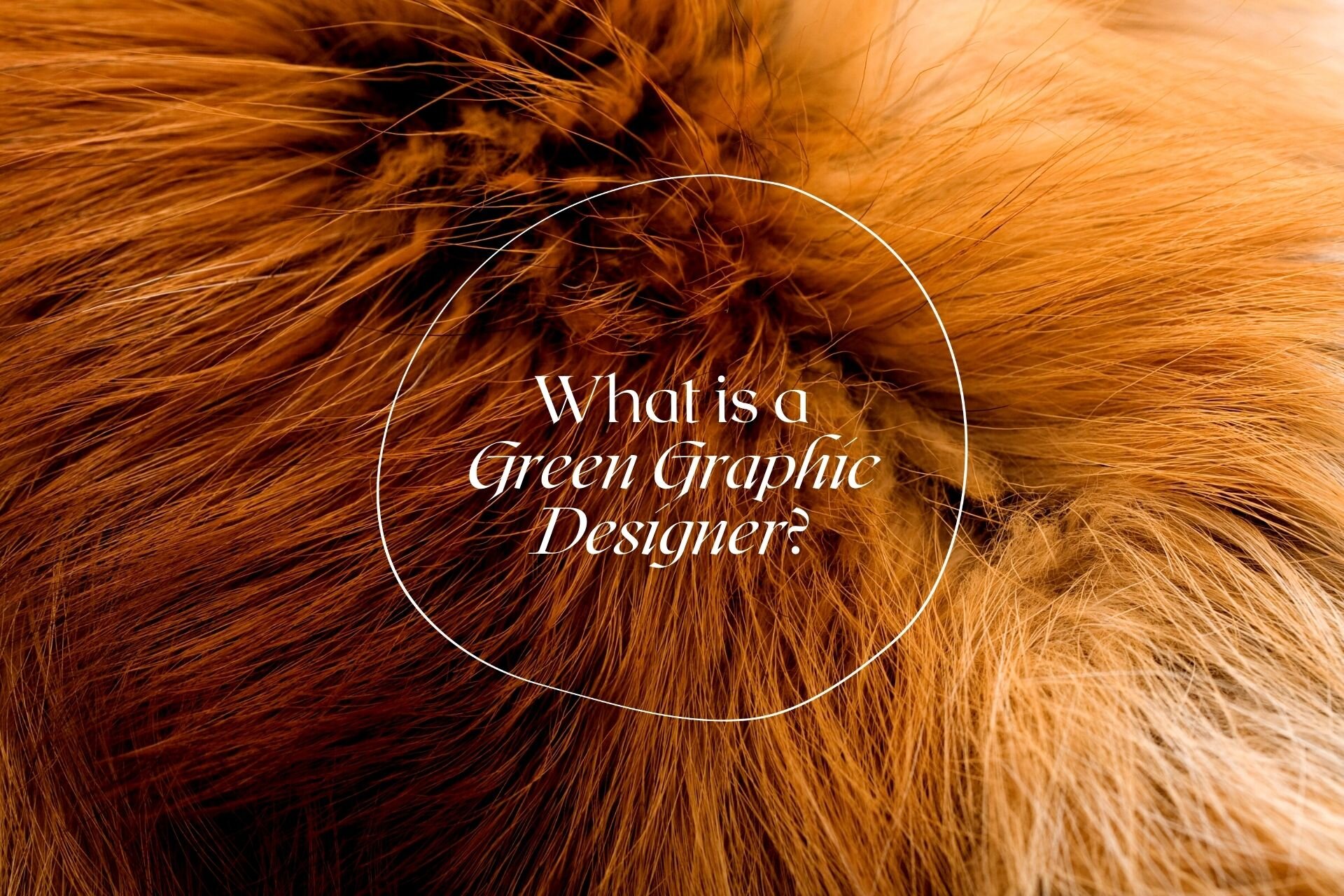What is a "Green" Graphic Designer?
Hello! Welcome to this blog post about green graphic design practices. This post is meant to be a very introductory guide to some easy-to-adopt tips to minimize your impact as a designer.
The first thing I do is:
Use Verified Supply Chains
As a print designer I began to realize that I was basically profiting off of the extraction of lumber that in many cases is unsustainably extracted, causing harm to biodiversity, ecosystems, first nations and our planet.
To combat this, I ensure that I talk to local printers about their paper stocks and use stocks that are verified through reputable nonprofits such as Canopy or The Forest Stewardship Council. The FSC has been around since 1993 and promotes responsible management of the world’s forests. The FSC sets standards on forest products, along with certifying and labeling them as eco-friendly. It’s the most comprehensive set of standards available for forestry practices and unlike other certifications prioritizes First Nation involvement in their policies. Pushing and supporting sustainable extraction practices directly benefit the fight to mitigate our Climate Emergency.
Use Recycled Paper
When printing with traditional paper, use the highest percentage (try for 100%) possible of recycled PCW paper for marketing materials with clients. This means that a physical paper-based item that went out into the general public is being recycled into a new item. Recycled paper is sturdy and uses 25% less energy and water to create than virgin papers. Approximately 30% of municipals landfills are filled with rotting paper. When paper ends up in landfill, it creates methane with is a greenhouse gas 30X more powerful in creating global warming than CO2. By choosing recycled paper, designers can both protect biodiversity and forest ecosystems and help keep paper out of landfill.
Non pulp-paper alternatives
Be creative with paper choices: There are some amazing sugar-cane papers created in Vancouver that has a lower GHG impact than even 100% recycled paper and that is indistinguishable from traditional paper and is safe for all inkjet and laser printers. Botanical Paperworks in Ontario creates seed-paper as well - if you plant it it becomes a plant of your choice based on the seeds it is created with. Traditional pulp-paper is not our only option.
Choose inks and coatings carefully to prevent pollution
Choose Inks and coatings that have low or no VOC emissions in order to minimize air pollution. This can include plant-based soy inks vs petroleum based inks. Soft-touch matte coatings and foils are very popular especially on business cards but both these coatings mean the paper can’t be recycled. These coatings cannot be recycled and actively contribute to microplastic pollution in the ocean and chemical leaching in our landfills.
Design Green
Designs that include bleeds create more waste in the printing process as there is excess ink that is chopped off of your design. Consider using thinner fonts and less image-rich designs with a lot of white space to reduce ink coverage. Certain Pantone colours contain heavy metals and should be avoided.
Work Locally
Consider printing locally, if you have a printer that is reputable and supports green policies such as paper made with renewable energy. Printing locally reduces greenhouse gases and also mitigates air pollution by reducing the transportation required. If your client is remote, source a local printer for them. It also keeps money in the local economy.
If you're interested in more updates you can join my Green Graphic Design Facebook Group or follow my Instagram. Please feel free to message or email me anywhere if you have any specific questions or comments! It's my life passion to talk about green design to anyone who will listen haha!
FOR CLIENTS
Think these values are in alignment with your business and looking to get started on a branding project?
FOR DESIGNERS



